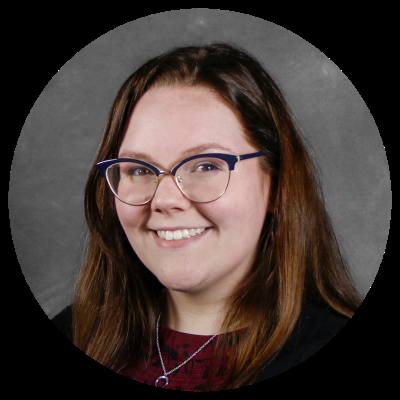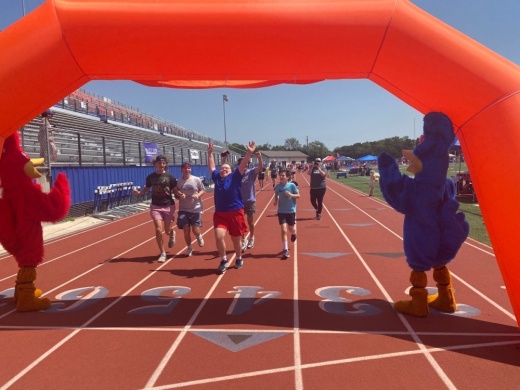“We’re no different than any other school districts in the country; however, I do think there is a point of pride for us, our team and the work we’ve done,” Zemo said. “We’re sitting in a very fortunate space where we only have a couple more teacher positions to fill.”
EISD lost 100 teachers throughout the 2021-22 academic year, a 14% increase since 2018-19, according to a report from the district. Of these 100 teachers, 29 were special education teachers. There were also additional vacancies unaccounted for in these numbers for unfilled positions.
Following a stream of constant talent searching since January, the special education department had filled around 39 of its open positions as of Aug. 8, Zemo said. Openings still remain for teaching assistant positions, which are harder to fill due to the pay rate of $15-$20 per hour.
To supplement this problem, the district has started a new program allowing teaching assistants with a bachelor’s degree to work at the school while simultaneously pursuing their teaching certification. This program will support these individuals financially in these academic endeavors, as well, which district leaders hope will push more people to apply, Zemo said.
“We were able to move and support some of those vacancies with some other professionals that we were able to bring in. That was our biggest pain point last year,” Zemo said. “Going into this school year, we’re sitting in a pretty good space.”
Special education students can have visible disabilities, such as Down syndrome, or invisible disabilities, such as dyslexia or autism, school board President John Havenstrite said. There are about 780 students served by the special education department, including students with learning disabilities, mental conditions or other disabilities affecting them, Zemo said.
To qualify as a special education student, the disability must significantly impact at least one area of a student’s life, such as breathing, moving, speaking or learning, said Molly May, assistant superintendent of curriculum, instruction and assessment. Students may receive special education services without officially being part of the program due to not meeting these qualifications.
“You could have a student with significant anxiety who needs instruction around executive functioning and needs counseling as a related service, and that student would be served under [special education], versus a student who has anxiety and they need a little extra time on a test,” May said.
Catering to the needs of students with staffing shortages presented obstacles for the district in 2021-22, but with several positions now filled, Zemo said he is looking forward to the new school year.
All-inclusive activities
In an effort to be more inclusive, the district has also taken an active approach to make extra- and co-curricular activities complimenting curriculum available to all students, Havenstrite said.
“We are working to create more opportunities for our physically and intellectually disadvantaged students on the extra- and co-curricular side so that they can begin participating in all the things that are available to general [education] students in those domains as well,” Havenstrite said.
Some activities have already seen this integration into unified spaces, such as the Westlake Spirit team and most recently the Westlake Unified Softball team. Additional extracurricular activities, such as choir and theater, do not carry the “unified” label, but have long since been places of inclusion for special education students, Zemo said.
The district also participates in the Best Buddies program, which pairs a disabled student with a nondisabled student to foster inclusivity. There has been talk of including this program at the elementary level as well, Zemo said.
EISD is also a Unified Champion District, which is a title given to all districts that participate in the Special Olympics. These sporting events give intellectually and physically disabled students the opportunity to compete in several sports at the local, national and international levels. But to support all EISD students within the district, programs need to be expanded, Havenstrite said.
The full integration of all extra- and co-curricular activities at EISD is going to be a long process, Havenstrite said. However, getting the accommodations in place across the district’s catalog of activities is key to being inclusive, he said.
“It’s an area that I’m very excited about,” Havenstrite said. “For a long time, our [special education] students haven’t really had access to the full experience of being a Westlake High School student. We’re now breaking down those barriers and opening up opportunities.”
Identifying special education students
Child Find is a process established by the Individuals with Disabilities Education Act to identify students with disabilities, regardless of severity. A parent, doctor, teacher, relative or friend can begin the Child Find process, which looks for the following:
- Learning or intellectual disability
- Orthopedic, auditory, visual, speech or other impairment
- Emotional disturbance
- Autism
- Traumatic brain injury
- Deafness/blindness






